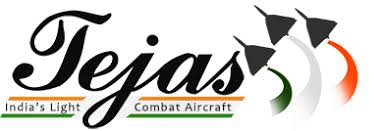Early on, it was decided to equip prototype aircraft with the General Electric F404-GE-F2J3 afterburning turbofan engine while a program to develop a domestic powerplant led by the Gas Turbine Research Establishment (GTRE) was launched. In 1998, after
Indian nuclear tests, US sanctions blocked sales of the F404, leading to a greater emphasis on the domestic Kaveri. In 2004, General Electric was awarded a US$105 million contract for 17 uprated F404-GE-IN20 engines to power the eight
pre-production LSP aircraft and two naval prototypes;deliveries began in 2006.[189] In 2007, a follow-on order for 24 F404-IN20 engines to power the first operational Tejas squadron was issued. After evaluation and acceptance of technical
offers for both the Eurojet EJ200 and the General Electric F414, the commercial quotes were compared in detail and GE's F414 was declared as the lowest bidder.

